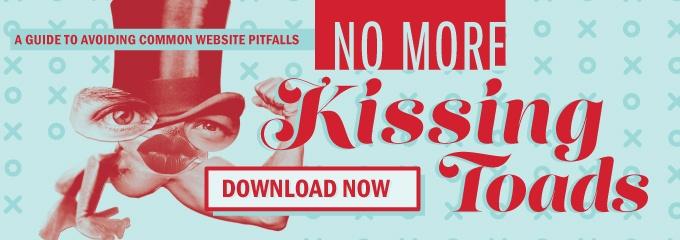 Web
Web
Business Critical: Batkid, Bob Dylan, Hobbits, Sponsored Content
Business Critical is our weekly collection of what’s new, exciting, and insightful for business leaders from the world of the web, marketing, social media, and more.
Batkid dominates social media
One part heartwarming act of philanthropy, one part excellent social media strategy, the San Francisco Batkid story is beautiful in every way.
All of SF came to something of a halt this week to grant the crime-fighting dreams of a five-year old child with leukemia. But, even with the greatest of intentions, the promotion of this event still wasn’t left to chance. The Make-A-Wish Foundation that put on the event partnered with a network of influential bloggers and Twitter users to spread the word far and wide, garnering international attention and press. Photos of volunteer “bad guys” being bested by the Batkid made their way around social media circles at massive scale and the #SFBatKid hashtag was a national trending topic on Twitter for nearly 24 hours.
Read more about the social media strategy behind the Batkid event.
Sponsored content spending will hit $1.9 billion this year
A new study from eMarketer says that brands will spend more than $1.9 billion on sponsored editorial content in 2013. This is up from their June projection of $1.88 billion.
So, not only are marketers shifting an enormous amount of money into sponsored content, but they’re adopting the tactic more quickly than the industry predicted.
It’s well known that consumers have grown weary of most of the traditional display advertising online. And, brands are scrambling for ways to leverage publishers and content to drive engagement. Sponsored content — paid messages that mirror the look and format of traditional editorial content, also including native advertising for publishers — is one of the fastest growing tactics used by brands of all sizes.
Read more on the new sponsored content study.
Bob Dylan’s classic gets a modern treatment
“Like a Rolling Stone” was released in 1965, and it only took them 48 years to figure out the right way to put the song to pictures. But, they did it in a pretty cool way.
The classic anthem got a unique treatment, with an “interactive music video” that acts like a TV with multiple channels that can be controlled by the user. Each channel has different footage, but characters in all of them are singing right along. Although the explanation to how this was pulled off is probably much less magical than it may appear, the overall effect is still cool.
Plus, it begs the question: What cool features could we expect if interactive videos become more commonplace?
Food photos kill our own enjoyment
It’s no secret that there seems to be a requirement for people to snap an Instagram photo before digging in to a meal. But, how does looking at all of these photos of others’ fare affect us?
Come to find out, we’re not the only ones who wondered what happens psychologically when we ogle someone else’s h’orderves. Journal of Consumer Psychology just published a new study on the subject and what they discovered is quite fascinating.
Seeing photos of other people’s foods in our Instagram feeds seems to diminish the satisfaction we get from actually eating similar foods ourselves. According to the study, scientists reason that we begin the “process of satisfaction” by viewing the photo, which leaves less for us to enjoy once we actually eat it. What are the implications? Could it be that while Instagram is a great way to get people salivating for a restaurant’s food, those people are then more likely to leave feeling disappointed?
Check out the study on food of Instagram.
Google gets all Hobbity
Google’s Chrome experiments have been guiding the way for cutting-edge browser experiences for some time. This week, they released their newest immersive online world, in conjunction with a ramp up in marketing for the upcoming movie The Hobbit: The Desolation of Smaug. Why does this matter?
Well, Google’s strategy with their Chrome experiments seem to be a mixture of encouragement and taunting — challenging brands and developers to take steps into the future and start to build newer, more interactive web experiences with the tools available with HTML5 and CSS3 (and supported by the big G’s proprietary browser, Chrome, of course.)
Either way, they’re creating some cool stuff and the Hobbit experience is just another step in rethinking how we build with and use the web.
Check out Google’s “Journey through Middle-earth” or read more about it.


